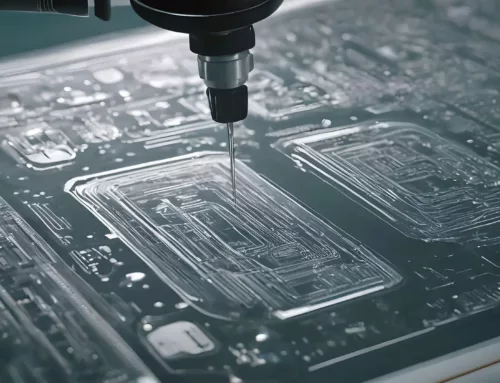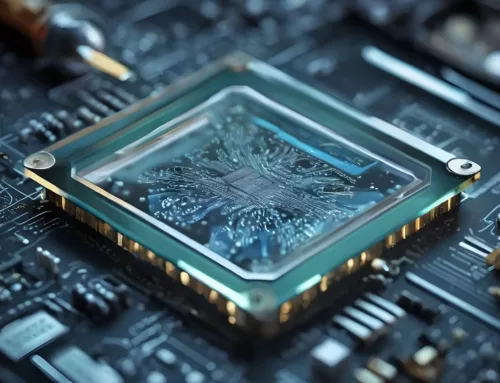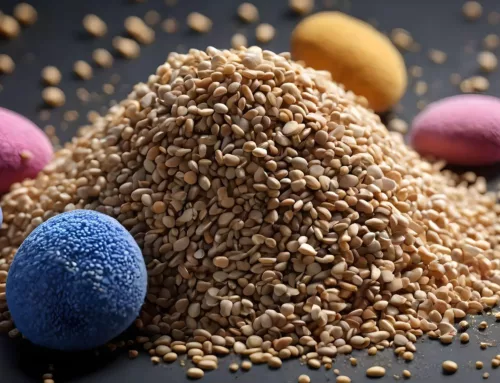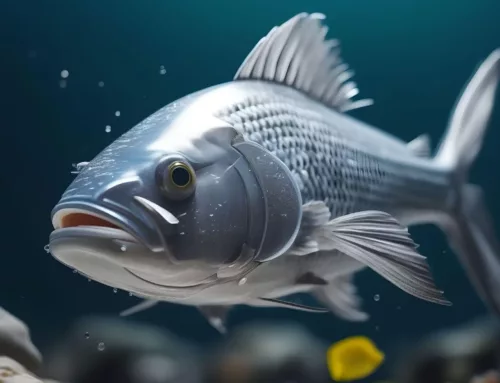Seed encapsulation, an important methodology, is intricately involved in preserving and enhancing seeds by employing diverse powder coatings and sophisticated techniques. This could be seen as a dynamic and forward-thinking approach, reshaping the landscape of seed technology at the intersection of chemistry and agriculture. Encapsulated seeds impart a range of advantages, including protection against external factors, controlled release, and heightened overall stability. The methodologies for encapsulation span chemical, physico-chemical, and physico-mechanical approaches, reflecting a diverse array of techniques. The transformative influence of encapsulation goes beyond mere protection, actively contributing to the enhancement of seed stability and viability. This, in turn, renders seeds adaptable for a myriad of applications within the domains of the vast food and agricultural industries. These products (consisting of a wide array of products such as carrot seeds, and grapefruit seeds, to name but two), with enhanced properties, exhibit prolonged shelf life, thereby contributing significantly to the evolution of agricultural practices and sustainability.
History Seed encapsulation and manipulation stretches back to the early stages of agriculture, during the Neolithic Era, around 10,000 BCE. As human societies transitioned to settled agricultural communities, they began experimenting with rudimentary seed manipulation techniques, such as selecting and preserving seeds with desirable traits. Ancient civilizations like Mesopotamia, Egypt, and China further advanced seed-related practices, developing methods for storage, selection, and exchange. The process of crop domestication marked a significant milestone, with farmers intentionally cultivating plants with improved characteristics. The medieval and the 18th century brought the advent of scientific agriculture, laying the groundwork for understanding heredity. The 19th century saw the rise of hybridization, and the 20th century brought about technological advances in biotechnology, paving the way for sophisticated seed manipulation techniques, including the development of seed encapsulation. Today, modern seed technology continues to evolve, contributing to enhanced agricultural productivity and the development of innovative seed products, think of Bayer Crop Science AG, presently a major player in the agrochemical industry after acquiring Aventis Crop Science in 2002 and merging with Monsanto in 2018. In the chemical encapsulation of seeds, the interaction between the gelling agent (sodium alginate) and the cross-linking agent (calcium chloride) is characterized by ion exchange. This chemical reaction results in the formation of calcium alginate beads, establishing a resilient gel matrix. Through the cross-linking of sodium alginate molecules by calcium ions, this gel matrix forms a robust and insoluble network around the seeds, acting as a protective coating against external stressors. The chemical encapsulation process is intricate, employing reactions that create a protective gel coating. Seed encapsulation involves suspending seeds in the gelling agent solution and inducing gel formation with the cross-linking agent. Precise timing and concentrations are crucial for uniform gel formation and optimal seed encapsulation. Techniques such as emulsification, extrusion, and coacervation are employed based on desired gel characteristics and seed size. Customization for specific seed types and applications is achieved by tailoring gelling and cross-linking agents along with the encapsulation technique. Different agents offer varying permeability, nutrient release profiles, and mechanical properties. Additives like antioxidants, fungicides, or pesticides can enhance protective properties, providing targeted defense. The resulting gel matrix forms a resilient barrier, safeguarding seeds from mechanical damage, preventing premature drying by retaining moisture, and regulating temperature fluctuations. This intricate process demands careful material selection, meticulous control of reaction conditions, and optimal encapsulation techniques.
In the sector of seed encapsulation, the encapsulation efficiency and morphological details of seeds showcase important aspects of their overall performance. As seeds immerse themselves in formulated gels, surface area, porosity, and structural integrity considerations come to the forefront. The dynamic interplay between particle morphology and encapsulation efficiency assumes a crucial role, ultimately
influencing the success of the encapsulation process.
these methods to desired gel characteristics and seed size. The encapsulation efficiency undergoes influence from factors like the concentrations of gelling and cross-linking agents, coupled with the seed-to-gel ratio. Meticulous control of these variables is paramount. ensuring that the right balance forms a robust protective barrier around the seeds, enhancing their resilience against external stressors.
Morphological Details Beyond efficiency, the morphology of encapsulated seeds emerges as a significant influence on performance. This dimension encompasses aspects like surface area, porosity, and structural integrity, all of which play crucial roles in the seed’s ability to germinate and grow. Here, the size and shape of the gel beads encasing the seeds become integral factors in this equation. Different encapsulation methods, such as spray drying, fluidized bed coating, and micro-encapsulation, yield varying morphological features. Each method is chosen based on the specific requirements of the seeds and the desired morphological characteristics. As we talk about the intricacies of seed encapsulation, a comprehensive understanding of encapsulation efficiency and morphological details becomes apparent.This knowledge not only refines the encapsulation process but also contributes to optimizing seed performance for diverse applications and environments.
Seed Characteristics Microscopic exploration of seed characteristics, both before and after encapsulation, unveils invaluable perspectives into the transformative effects of this process. Alterations in the physical and chemical composition of seeds, influenced by encapsulation, significantly impact germination rates, resilience, and overall viability. This microscopic lens exposes nuanced changes occurring at the micro-scale, highlighting the intricate relationship between chemical processes and seed characteristics. Seeds comprise three primary regions, the embryo, the nutritional source, and the seed coat. The embryo, the nascent sporophyte plant destined to mature into the adult plant, is surrounded by the nutritional source, often containing starch and other substances to sustain the embryo during early growth. The seed coat, enveloping the
entire seed, plays a crucial role. Under favorable growth conditions, the seed coat can initiate germination or sprouting. Microscopic examination of seeds shows essential details about their surface characteristics and morphology, offering better insights into their quality and viability. For example, researchers studied freezing-damaged corn seeds using microscopic
frostbite on their growth and development, thereby assessing their physicochemical properties. Another illustration underscores the importance of scanning electron microscopy and light microscopy in revealing the morphology of specific seed varieties. This emphasizes the valuable role these techniques play in precise identification and seed taxonomy. In short, microscopic
exploration of seed characteristics enables the observation of subtle changes in the physical and chemical composition, providing crucial insights into germination, resilience, and overall viability. This approach is paramount for comprehending the intricate relationship between chemical processes and seed characteristics.
Finally, we have the technological backbone supporting seed encapsulation that involves a range of specialized equipment designed to meet the specialized demands of the process. Presently three major types of seed coating equipment are commonly used today, dry coating, rotary pan, and pelleting pan. These equipment types play a role in the seed encapsulation process, each with its specific functions and benefits. Dry coating for example involves the application of dry encapsulating materials to the seeds. It is suitable for the application of solid particulates and is often used for the precise and uniform application of small amounts of powders or micro granules to the seed surface. Rotary pan coaters are used for the application of liquid coatings to seeds. They provide a tumbling action that ensures uniform coating of the seeds with the liquid encapsulating material. On the one hand, this method is suitable for the application of liquids such as polymers or other chemical coatings. On the other hand, we have pelleting pans. Which are used to apply a layer of material to the seed surface, forming a pellet. This method is often used for the application of materials such as clays or other solid materials that can be agglomerated to form a pellet around the seed.
In addition to these coating methods, precision mixers are essential for ensuring the homogeneous distribution of encapsulating materials, which is crucial for the quality of the seed coating. Advanced encapsulation chambers provide controlled environments conducive to optimal seed encapsulation, allowing for precise regulation of factors such as temperature, humidity, and airflow to ensure the uniform and effective application of encapsulating materials to the seeds.
The use of such specialized equipment is essential for achieving the desired seed coating quality, which in turn impacts seed germination, resilience, and overall viability. By leveraging scientific precision and agricultural innovation, the technological landscape underpinning seed encapsulation continues to open new frontiers for enhancing seed viability, resilience, and overall agricultural sustainability.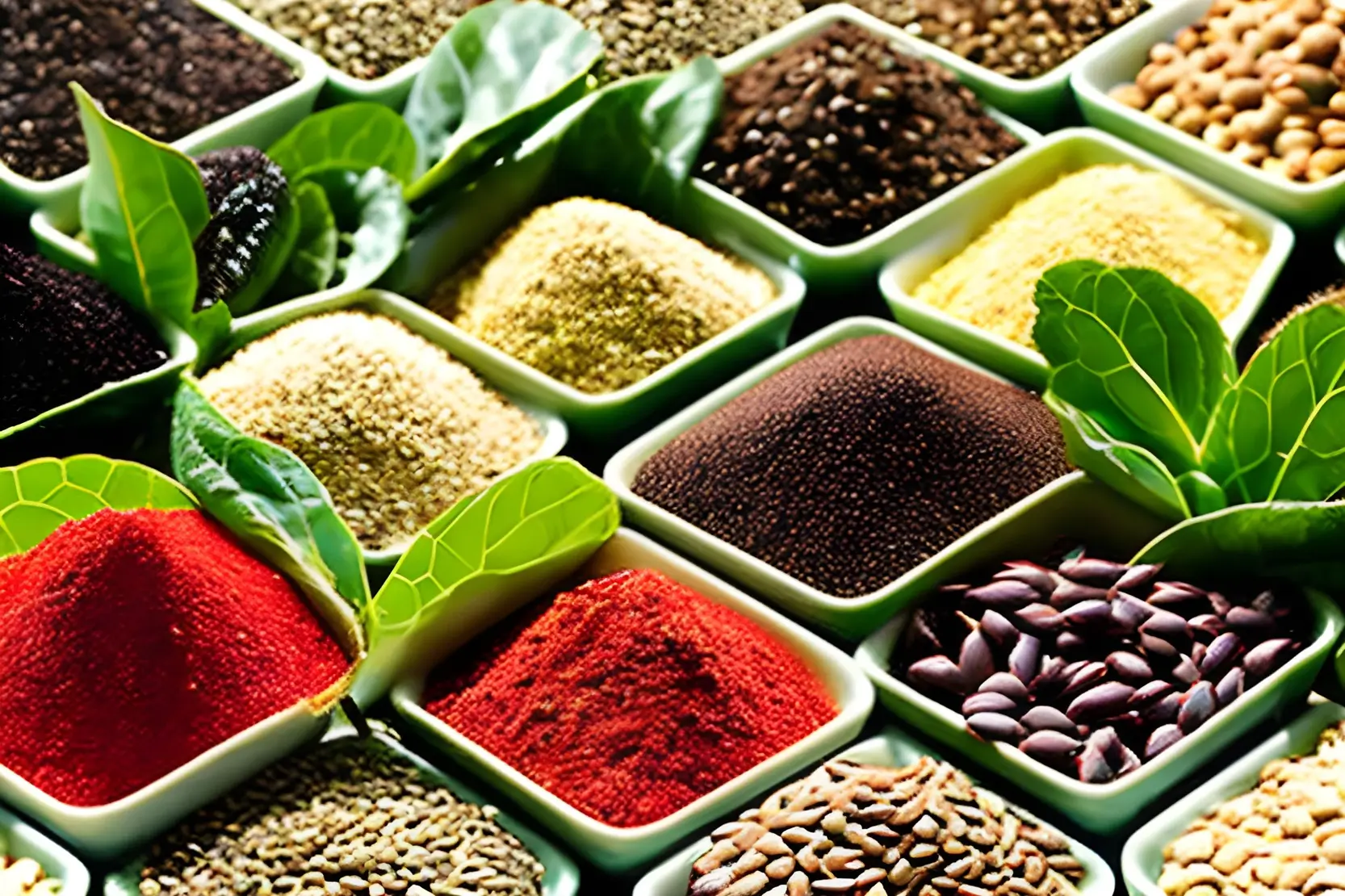
Renaissance periods witnessed increased agricultural experimentation, andChemical Processes and Formulations
A gelling agent like sodium alginate provides a structural framework, while a cross-linking agent such as calcium chloride facilitates ionic exchange reactions. Specifically, sodium alginate and calcium chloride lead to the creation of insoluble calcium alginate beads, forming the gel matrix.Efficiency and Morphology
This encapsulation process starts by suspending seeds in a solution of the gelling agent, inducing gel formation through the addition of a cross-linking agent. Achieving uniform gel formation and optimal seed encapsulation hinges on precise timing and concentrations. Embracing techniques such as emulsification, extrusion, and coacervation become essential, tailoring
characterization to explore the impact ofTechnological Backbone

